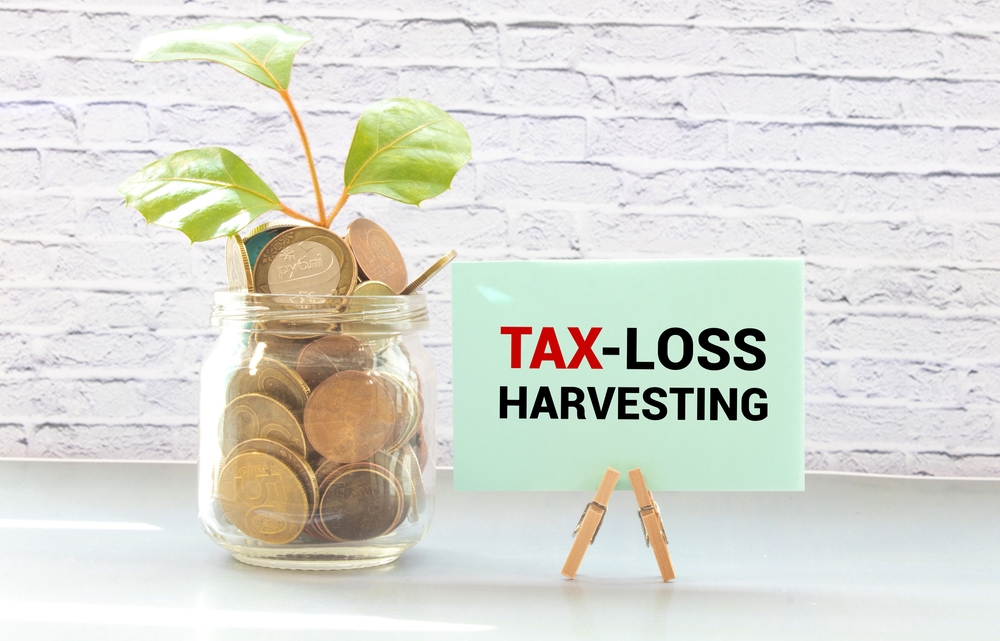In theory, Tax Loss Harvesting appears to be a simple investment strategy. But people often do not plan it well or commit these common mistakes. Prateek Toshniwal, Investor & Financial Advisor at Ivy Growth Associates and MI Capital, shares some useful tips for investors considering tax loss harvesting.
By following these tips and avoiding common mistakes, you can make the most of tax-loss harvesting to minimise your tax burden and achieve your long-term investment goals, Toshniwal said.
Investors with large equity or mutual fund portfolios can pay low or no tax or set-off their losses by tax harvesting or tax-loss harvesting. Tax harvesting is an investment strategy with which an investor can sell a part of their stock investment or mutual fund units to book long-term capital gains and reinvest the proceeds in the same mutual fund.
Investments in equity funds invite capital gains tax. A Short Term Capital Gains (STCG) is applicable on the sale of assets within 1 year of holding them at 15% while Long Term Capital Gains (LTCG) is applicable on the income from sale of equity or mutual fund assets after a holding period of 1 year and above a threshold of Rs 100,000. The tax rate applicable is at 15%.
Toshniwal’s tips to investors
1) Examine your entire portfolio
While it’s easy to only focus on the assets that have lost value, it’s important to review your entire portfolio for potential tax-loss harvesting opportunities.
2) Consider the Wash-sale Rule
The wash-sale rule can complicate tax-loss harvesting. So it’s essential to be aware of this rule and avoid buying substantially identical securities within 30 days before or after the sale.
3) Look for Opportunities Throughout Year
Tax-loss harvesting is not just a year-end event. Keep an eye out for potential opportunities throughout the year to maximise tax benefits.
4) Keep Long-term Goals in Mind
While tax savings are essential, it’s equally important to consider your long-term investment goals when selecting which investments to sell for tax-loss harvesting.
Mistakes to Avoid
Ignoring the Deadline
To claim tax deductions for the current tax year, you must harvest tax losses before the year-end deadline. Missing this deadline can result in losing the tax benefit.
Focusing Solely on Tax Savings
While tax-loss harvesting can be an effective tax-saving strategy, it shouldn’t be the only factor to consider. Don’t sell an investment just because it has a loss, especially if it has long-term growth potential or fits into a well-diversified portfolio.
Not Seeking Professional Advice
Tax laws can be complicated, and your unique financial situation can impact your tax-loss harvesting strategy. Therefore, it’s always advisable to seek advice from a tax expert or financial planner to avoid costly mistakes.
Year-end is always an opportune time to do some tax loss harvesting by booking losses in stocks/equity funds, Harish Menon, Co-Founder, House of Alpha said.
Another tax saving option could be investments in Equity Linked Saving Schemes (ELSS). “If investors have any limit left within their Section 80C component, they could invest in Equity Linked Savings Scheme (ELSS) category funds,” said Menon.







